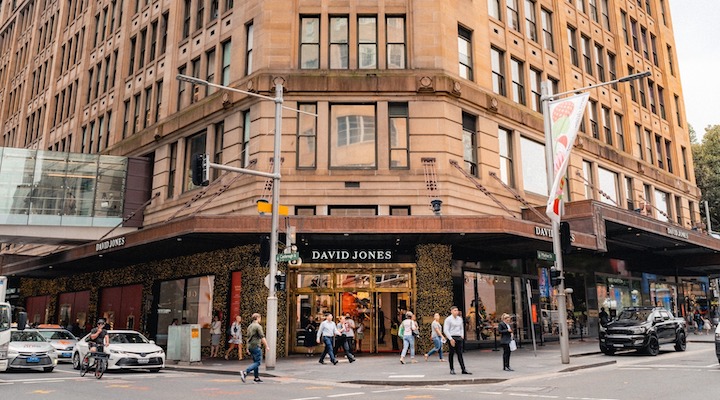After first appearing in the United States and United Kingdom, retail media has started to gain a foothold in the Australian market. While businesses like Amazon, Harrods and Walmart remain pioneers in their use of retail media, a growing number of Australian retailers have launched their own retail media divisions in recent years, including Coles, Woolworths Group, and, last week, David Jones. What these services offer is access to a large and often diverse customer base, and the ab
the ability for brands to advertise their products to potential customers at the moment they’re looking to buy.
Compared to more traditional forms of advertising, retail media is touted as a more targeted, less wasteful form of customer acquisition: if someone is already shopping on a retailer’s website, they’re likely looking to buy, or to learn more about products that they’re considering purchasing.
And it’s a big business. According to owned-media company Sonder, the Australian retail media market is worth $3.9 billion. Of that, retailers are worth $1.2 billion, while grocery and liquor businesses are worth $1 billion.
Together, they represent the two biggest segments of the retail media landscape in Australia, yet both are still considered largely underdeveloped.
Amplify
According to David Jones’ chief marketing officer James Holloman, retail media represents the third wave of the changing ‘media’ space for brands: following the rise of Google and Facebook advertising.
Holloman explained that when brands advertise on platforms such as social media, they often end up being shown to people who aren’t interested in buying from them in the first place – creating a lot of wasted spend.
When it comes to retail media, however, brands have the capacity to target their message to customers who they know are on a particular retailer’s website: be it David Jones, Woolworths or Coles.
“It creates the ability to curate a marketing plan and reach a target audience, and can be much more effective at driving awareness, consideration or conversion,” Holloman told Inside Retail.
Key to David Jones’ newly launched retail media network, Amplify, is the department store’s customer base, Holloman explained.
“We really want to be that one-stop-shop to talk to the Australian premium shopper,” he said.
“We had 5.4 million customers that shopped with David Jones last year, and we know 70 per cent of them. That rich customer data can help drive a more strategic marketing campaign for our partner brands.”
It also helps that, during a time of depressed consumer spending, retail media has opened up a relatively new revenue stream for retailers – while also providing brands a new avenue to reach willing customers.
Holloman noted that David Jones has a long history of working with and promoting Australian brands, and that Amplify largely represents a ‘process improvement’ of what the business was previously doing.
For example, while David Jones is still in the test-and-learn phase, it envisions that Amplify will eventually give brands the ability to target certain customers based on the first-party data David Jones holds. For example, if one customer buys more footwear than another, they’ll be more likely to see ads for shoes.
“We’d like to be able to surface different advertising messages to different segments as they go through the customer journey on our site. That’s not fully the case [now], but that’s absolutely on our roadmap,” Holloman said.
Who’s next?
Beyond David Jones, a number of retailers are well placed to enter the retail media market in the coming years: JB Hi-Fi and Bunnings, for example, have the online and offline capabilities, as well as the market share, to implement a retail media strategy, Sonder’s report noted.
And given the way retailers and brands advertise online is changing rapidly, due to the death of cookies and the shrinking power of third-party data, finding new ways to reach customers directly will be invaluable.

